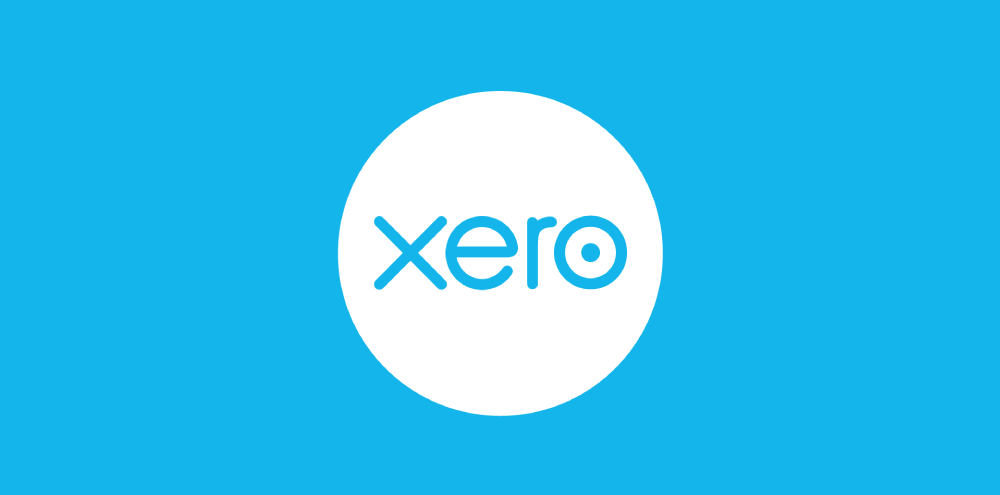Why You Should Have a Business Continuity Plan

Keeping your business operational is a full-time job. It’s a balancing act that requires you to keep a multitude of plates spinning, while your executive team and employees support you at every stage of the operational journey. But what happens if these plates stop spinning?
Sudden unexpected threats can catch you on the hop. What if an unexpected circumstance comes up that derails your usual operational procedures? How will you cope? What will you do to overcome the issue? And how will you get the business back on target? The answer lies in having a thorough business continuity plan.
What’s a business continuity plan?
A business continuity plan is an executive plan that describes the risks that exist in the business, your strategy for dealing with these known and unknown risks, and how you will mobilise your team to overcome any issues, emergencies, or gaps in trading, etc. If you can plan ahead and put contingency plans in place, you'll be better prepared when a worst-case scenario does appear
How do you formulate your plan?
Every organisation’s business continuity plan will be different. We all have different business models, different company hierarchies and different risks that are peculiar to our own sectors. But the fundamental basis on which you create your business continuity plan will be the same however your company works.
For example:
- Identify the critical areas of your business – look at your operational business model and think about where it’s most likely to break down under pressure. Are you reliant on a specific supplier to operate? Which are the fundamental departments in your model and what do they bring to the business? Who are your core heads of department and staff, and who could deputise for them in their absence? In short, look for anything that could break down and how this could affect the whole business.
- Create back-up continuity plans for each critical area – you obviously need your main continuity plan to cover the entire business. But it’s also important to look at the risks, essential personnel, and key operational activities for each separate department in the company. Your finance team will need a very different continuity plan to your logistics and delivery team, for example. So, tailor each continuity plan to fit the needs of your main business areas, and make sure they’re all fit for purpose.
- Assign a continuity lead and department leads – it’s a good idea to assign a main business continuity lead role or champion, so the responsibility for reviewing and updating the plan sits under someone’s remit. You’ll also need to have a lead person for each critical department, so every cog in the wider machine is represented.
- Make sure everyone knows the continuity plan – a business continuity plan is useless unless the whole company is aware of the plan and knows what to do. Have a central phone number, WhatsApp group, and email address set up for any business continuity emergency. And use your internal communications team to provide regular messaging, training, and updates on changes to the ongoing continuity plan.
- Keep the business operating – ultimately, your continuity plan exists to keep the company operating in challenging times. It could be that your HQ is flooded out and has to be closed down and moved to an alternative location. It may be that significant employee sickness hits you, leaving only a skeleton staff to run each department. Whatever the circumstances, your plan needs a contingency in place, so you and your remaining staff can continue to trade, make sales and bring in revenues.
Talk to us about building a business continuity plan
No plan can completely remove the threat of the unknown – that’s an impossibility. But with a continuity plan that’s well-conceived and ready to implement, you reduce the potential risks and give you and your team a practical strategy and tactics to work with.
Need to get a plan in place?
We’ll help you analyse your business model, look for the critical areas and assess the potential risks. We’ll also help you put together a watertight business continuity plan that’s ready to implement if (and when) specific threats hit the business. Want to know how, contact Ben Duflou or Sarah Toner via advice@aafl.nz.













